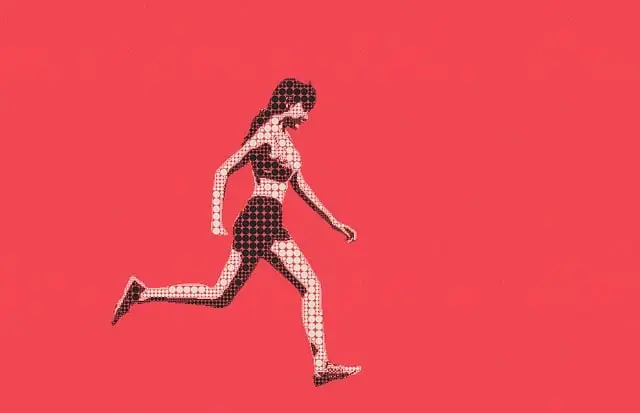Kratom, derived from Mitragyna speciosa, offers a natural alternative for treating depression and addiction due to its alkaloids like mitragynine and 7-hydroxymitragynine. Specific strains and preparation methods are crucial for effective dosing and managing symptoms without adverse effects. Best practices include low doses (1-3 grams), monitoring tolerance, consulting healthcare professionals, and regular communication with support systems.
Kratom, derived from the tropical plant Mitragyna speciosa, has gained attention as a potential aid in addiction treatment and recovery. This natural herb offers an alternative approach to managing withdrawal symptoms and cravings, particularly for those struggling with opioid addiction. With its analgesic and mood-elevating properties, kratom shows promise in alleviating depression, making it the best kratom for depression. This article explores the science behind its efficacy, safety guidelines, and best practices for integrating kratom into a comprehensive recovery plan.
- Understanding Kratom and Its Potential for Addiction Treatment
- The Science Behind Kratom's Efficacy in Dealing with Depression
- Navigating Safety and Effectiveness: Best Practices for Using Kratom in Recovery
Understanding Kratom and Its Potential for Addiction Treatment
Kratom, derived from the tropical plant Mitragyna speciosa, has gained significant attention in recent years as a potential tool for addiction treatment and recovery. Often hailed as a “game changer” in the field of substance abuse management, kratom’s unique chemical composition offers promising effects for those seeking relief from withdrawal symptoms and underlying conditions like depression. In particular, best kratom for depression has become a popular search term among individuals exploring natural alternatives for managing this common co-occurring disorder.
The plant contains several alkaloids, with mitragynine being the primary active compound known for its analgesic, anxiolytic, and mood-regulating properties. These effects make kratom an appealing option for those looking to break free from addictive behaviors and address co-occurring mental health issues. Research suggests that specific strains of kratom, carefully selected based on their chemical profiles, can provide a balanced experience, offering relief from depression without the risk of dependence or adverse side effects often associated with traditional pharmaceuticals.
The Science Behind Kratom's Efficacy in Dealing with Depression
Kratom, derived from the leaves of the Mitragyna speciosa plant, has gained significant attention for its potential therapeutic benefits in treating various health conditions, including depression. The science behind its efficacy lies in its unique chemical composition, which includes alkaloids like mitragynine and 7-hydroxymitragynine. These compounds interact with opioid receptors in the brain, producing a range of effects that can be beneficial for individuals struggling with depression. Studies suggest that kratom’s ability to modulate mood, reduce anxiety, and alleviate pain could make it a valuable tool in managing symptoms associated with depression.
When considering the best kratom for depression, several factors come into play. Different strains of kratom have varying levels of mitragynine and other alkaloids, which influence their therapeutic effects. Red strains, for instance, are known for their calming and relaxing properties, while green strains may offer more energizing effects. Additionally, the preparation method can also impact potency and bioavailability. Capsules, tinctures, and extracts allow for precise dosing, ensuring individuals can find the right balance to manage their symptoms effectively without adverse side effects often associated with conventional antidepressants.
Navigating Safety and Effectiveness: Best Practices for Using Kratom in Recovery
Navigating Safety and Effectiveness: Best Practices for Using Kratom in Recovery
When considering kratom as a tool for addiction treatment, it’s crucial to approach its use with caution and an informed perspective. While some individuals find relief from withdrawal symptoms and cravings with specific kratom strains, known for their gentle effects on mood and anxiety, such as Maeng Da or Red Bali, it’s essential to remember that kratom is not a cure-all. The best kratom for depression should be chosen with an understanding of its potential benefits and risks.
Best practices involve starting with low doses to gauge individual tolerance and response. Consuming kratom in moderation, typically 1-3 grams at a time, and limiting usage to morning or early afternoon hours can help manage withdrawal symptoms effectively without leading to dependence or adverse effects. It’s also vital to consult healthcare professionals before integrating kratom into recovery plans, especially for those with pre-existing health conditions or other medications. Regular monitoring and communication with support systems are key to ensuring safe and effective use of kratom in the recovery journey.
Kratom holds promise as a complementary tool in addiction treatment and recovery, particularly for those managing depression. While research is ongoing, understanding its potential efficacy and implementing safe, evidence-based practices can empower individuals on their path to wellness. When seeking the best kratom for depression, it’s crucial to consult healthcare professionals and prioritize quality, purity, and dosage. With proper guidance, kratom may offer a natural way to support mental health alongside traditional therapeutic approaches.






